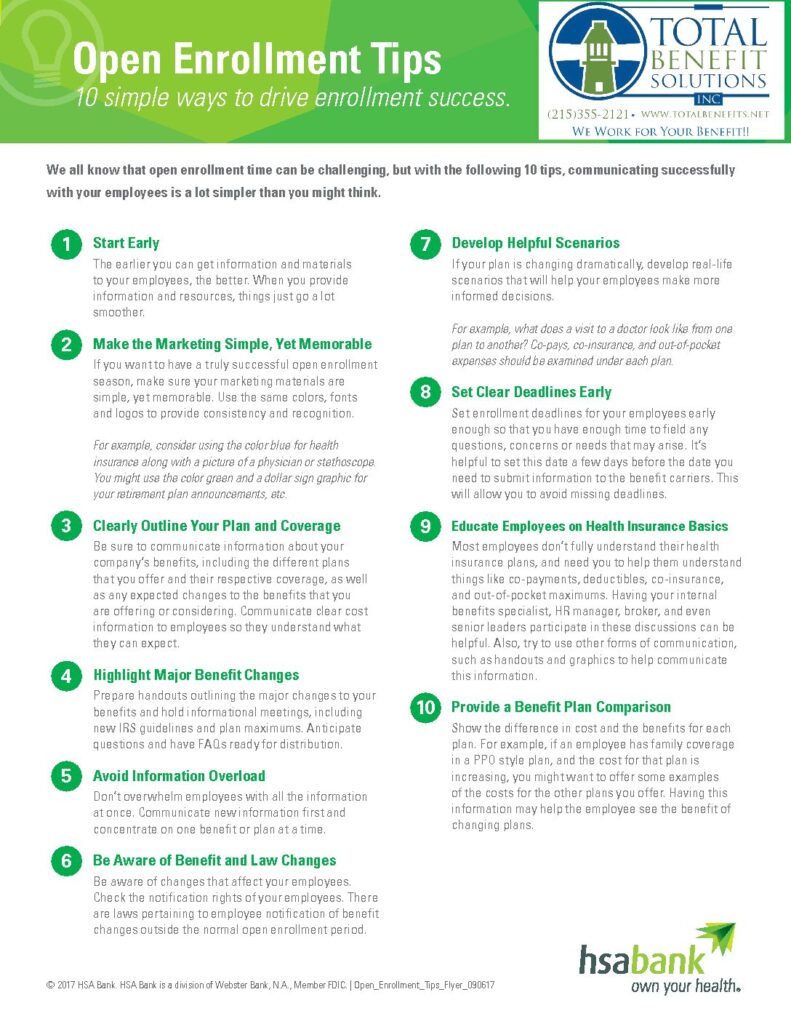Another compliance deadline is quickly approaching. For plan years that begin on or after January 1, 2023, group health plans must provide for advance disclosure of cost-sharing information to enrollees seeking health services, upon request and to the extent practicable. The format of the disclosure is through an internet-based self-service tool, telephone, or paper format (upon request). The tool allows the enrollee to compare the amount of cost-sharing that he or she would be responsible for with respect to a discrete covered item or service by billing code or descriptive term. The required information relates to geographic region and in-network and out-of-network providers and initially addresses 500 items and services.… Read More
Continue Reading














